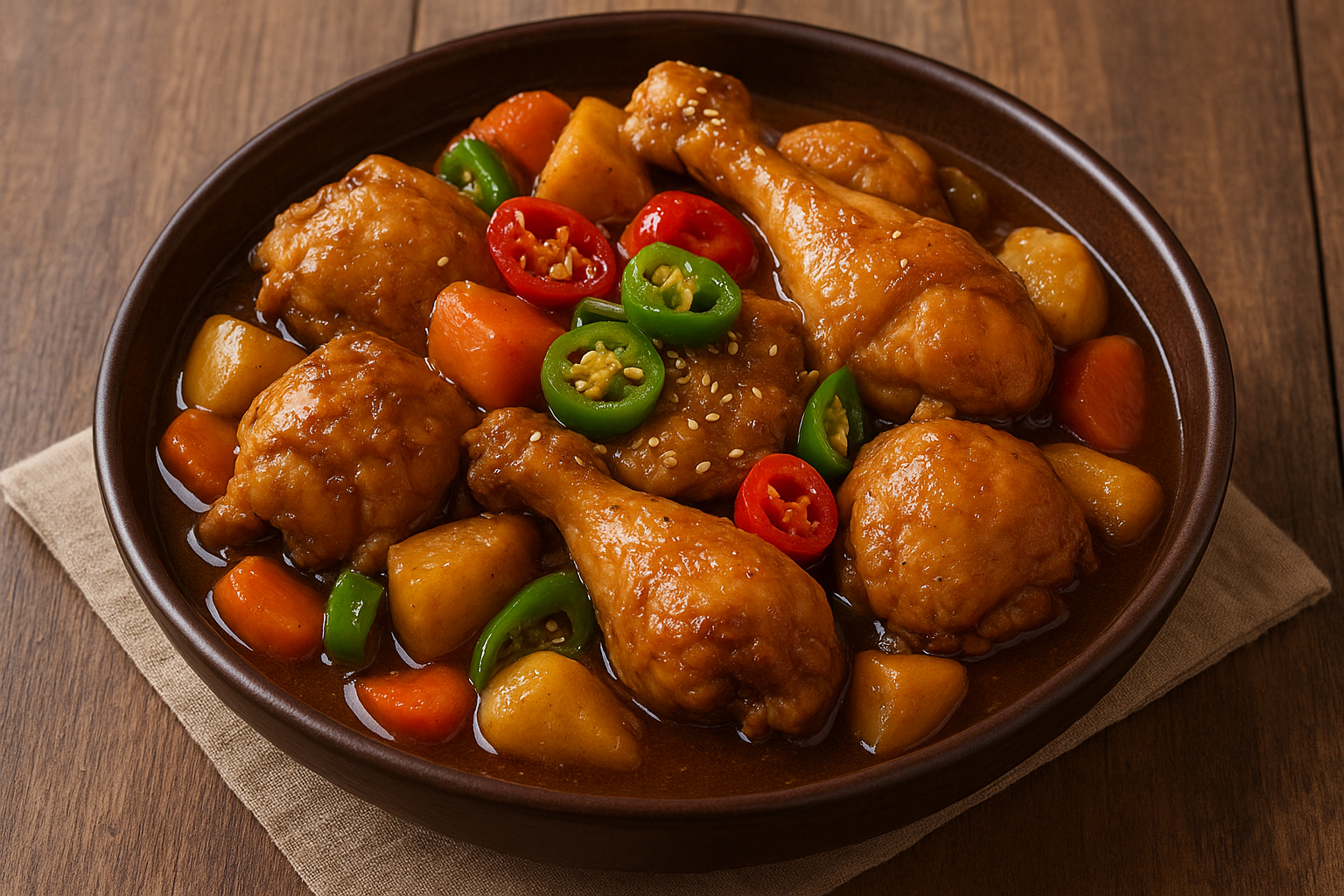1. The ‘Add-on’ Trap
Many Korean dishes, such as Jjimdak (braised chicken), Agujjim (braised monkfish), Budae-jjigae (army stew), and Gamjatang (pork bone soup), include ‘glass noodle add-ons.’ Because the noodles are an addition rather than the main ingredient, their impact is easy to overlook.
2. The Effect of Glass Noodles on Blood Sugar
– Highly Refined Starch: The main ingredient of glass noodles is ‘refined starch’ extracted from sweet potatoes or potatoes. This is a lump of pure carbohydrate with a very fast digestion and absorption speed, resulting in a very high glycemic index (GI) of over 80.
– Broth Absorption: Dry glass noodles have the property of absorbing broth or sauce like a sponge. Glass noodles soaked in the salty and sweet broth of a stew or braised dish make you consume the sodium and sugar from the broth in addition to the carbohydrates of the noodles themselves.
– Small Amount, Big Impact: Even eating just a few strands of these sauce-soaked, high-GI carbohydrates can cause your post-meal blood sugar to rise much higher and faster than expected.
3. How to Cope?
When a person with diabetes eats such dishes, it is best to ask for the glass noodles to be omitted from the start, or to not eat them at all. Asking for more vegetables instead is a good alternative. Tteok or ramen noodle add-ons are even more harmful and should definitely be avoided.
Summary: Even if they seem like a small amount, glass noodle add-ons are a high-GI food that raises blood sugar very quickly. They also absorb salty and sweet broth, making their impact on blood sugar and blood pressure even worse. Do not underestimate them just because they are an ‘add-on’; it is best to avoid them.


Leave a Reply